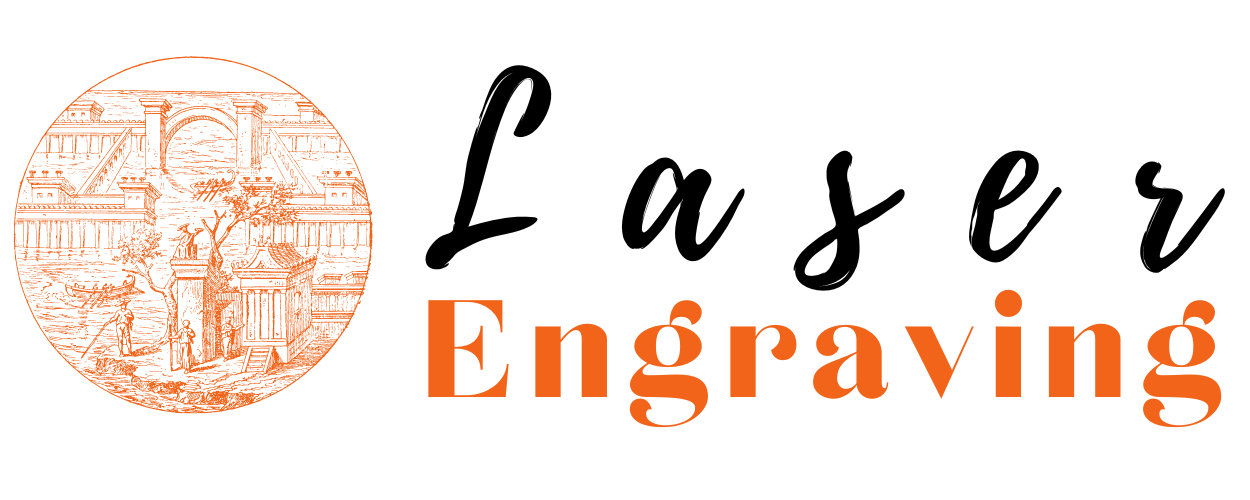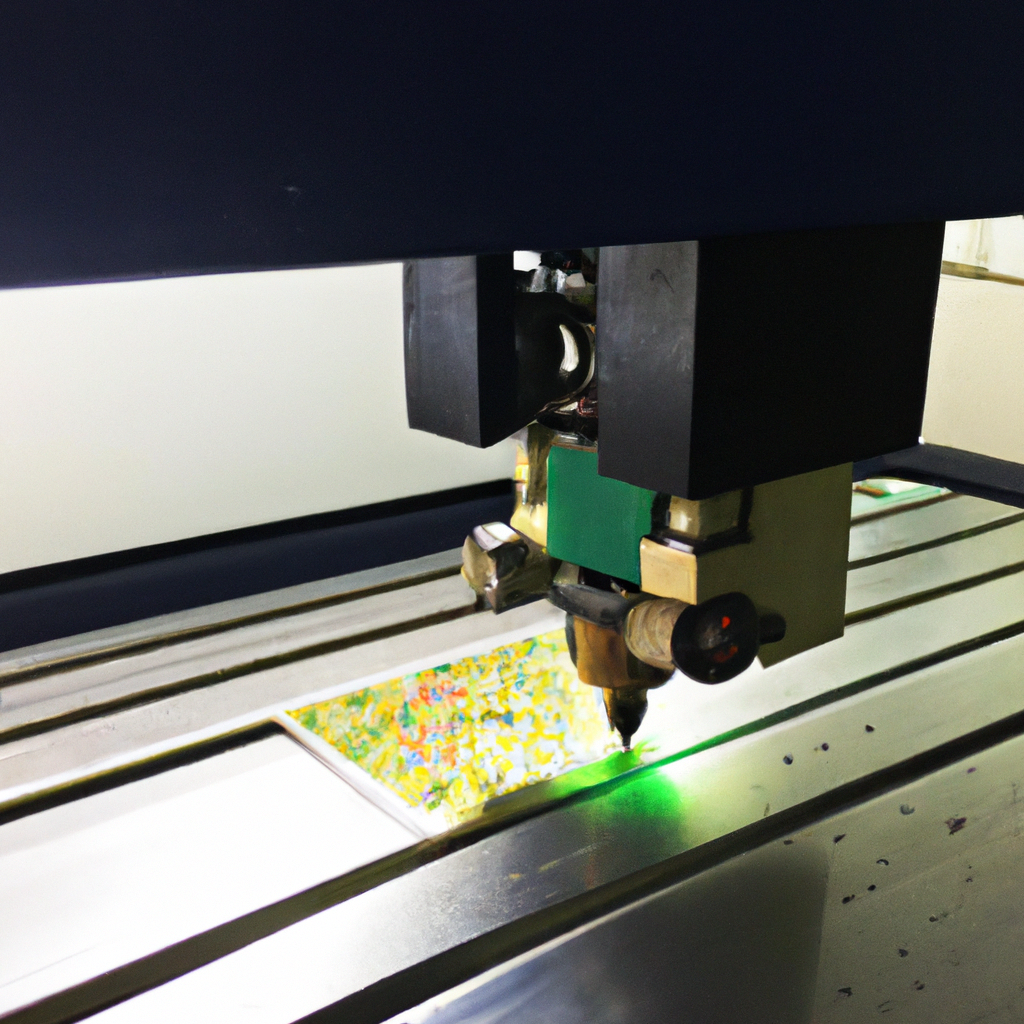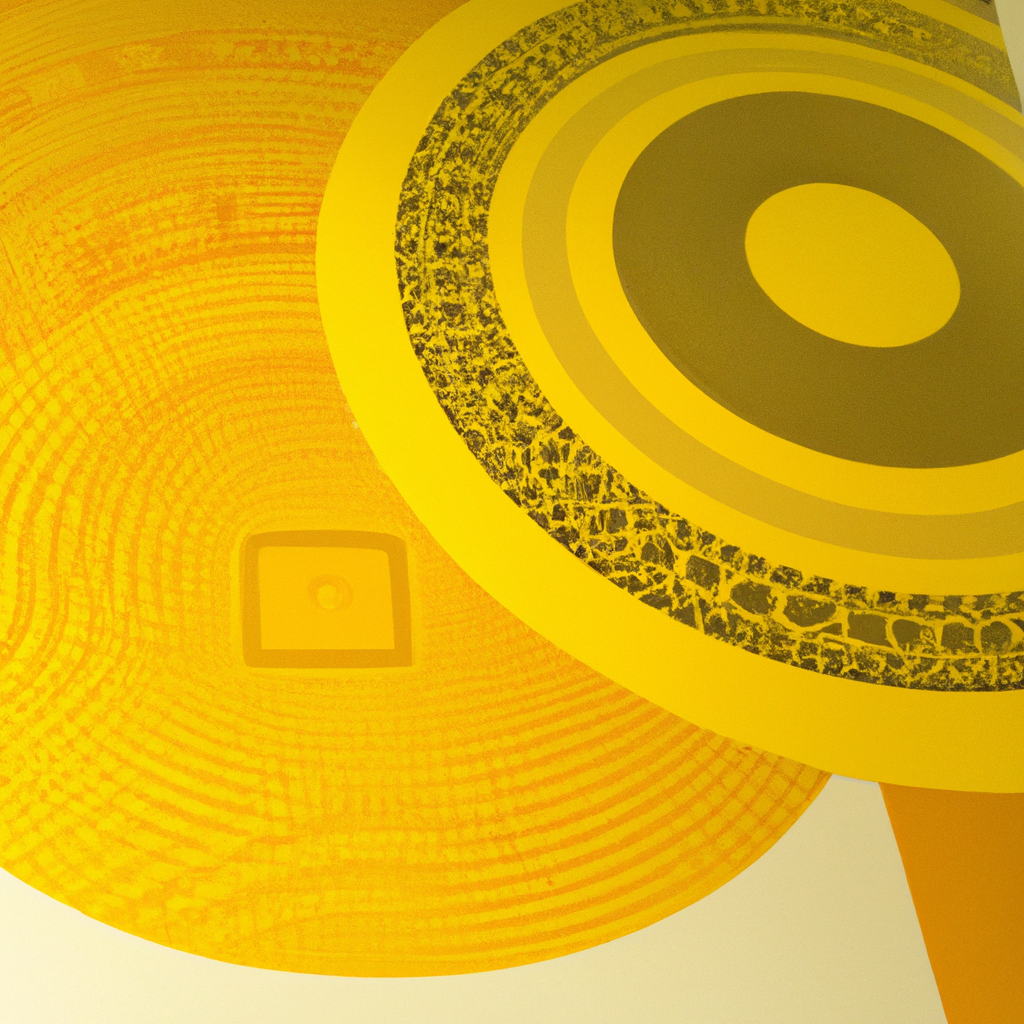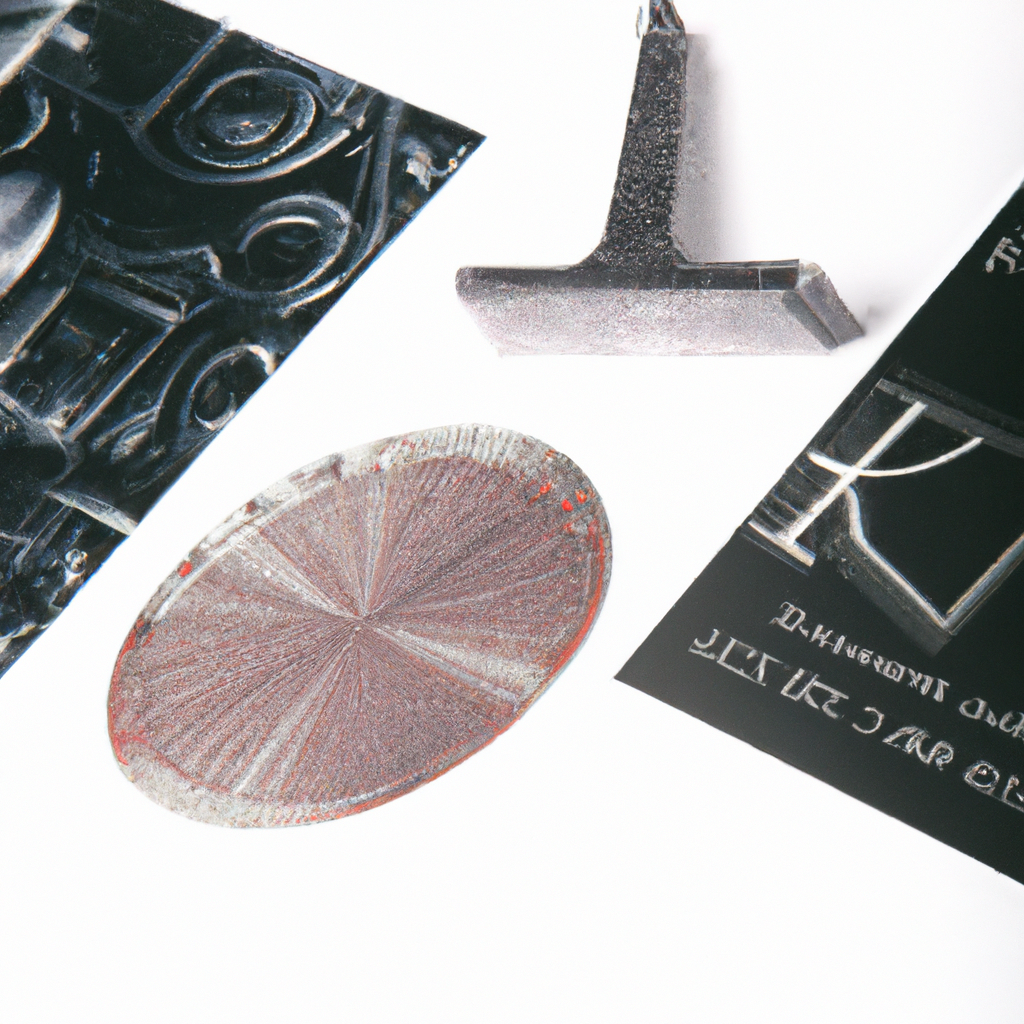Laser Etching Equipment
Laser etching equipment is a cutting-edge technology used in various industries for precision marking and engraving purposes. This advanced machinery utilizes lasers to create permanent markings on various materials, such as metal, plastic, glass, and wood. With its high precision and versatility, laser etching equipment has become an invaluable tool for numerous applications, including product branding, identification, and personalization.
How Does Laser Etching Equipment Work?
Laser etching equipment operates by emitting a concentrated beam of light onto the surface of the material to be marked. This powerful laser beam interacts with the material, causing it to heat up and vaporize, leaving behind a permanent mark. The depth and intensity of the etching can be controlled, allowing for precise designs and intricate details.
The key components of laser etching equipment include:
-
Laser Source: The laser source is the heart of the equipment, generating the laser beam. Common types of lasers used for etching include fiber lasers, CO2 lasers, and UV lasers.
-
Galvanometer Scanner: The galvanometer scanner controls the movement of the laser beam across the material’s surface. It ensures precise positioning and enables high-speed marking.
-
Control Software: Laser etching equipment is typically accompanied by dedicated control software. This software allows users to design and import custom artwork, adjust etching parameters, and control the movement of the laser beam.
Advantages of Laser Etching Equipment
Laser etching equipment offers numerous benefits over traditional marking methods. Some of the advantages include:
-
Precision: Laser etching provides incredibly precise markings, allowing for intricate details, fine lines, and small fonts. This level of precision is especially important in industries that require high-quality, legible markings, such as aerospace, medical, and jewelry.
-
Durability: Laser etched markings are highly resistant to wear and tear, making them ideal for applications that require long-lasting and permanent identification, such as serial numbers, part numbers, or barcodes.
-
Versatility: Laser etching equipment can be used on a wide range of materials, including metals, plastics, ceramics, glass, and even organic materials like leather or fabric. This versatility makes it a valuable tool in various industries, including automotive, electronics, and promotional products.
-
Speed and Efficiency: Laser etching is a swift and efficient process. The high-speed galvanometer scanner enables rapid marking, allowing for quick turnaround times in industrial settings.
-
Non-Contact Process: Laser etching is a non-contact process, meaning that the material being marked is not physically touched by the laser. This eliminates the risk of damage or contamination that can occur with traditional engraving methods.
-
Environmentally Friendly: Laser etching is a clean and environmentally friendly technology. It produces minimal waste, requires no additional consumables or chemicals, and operates with high energy efficiency.
Applications of Laser Etching Equipment
The applications of laser etching equipment are vast and diverse. Some of the common applications include:
1. Product Branding and Identification
Laser etching is widely used for product branding and identification purposes. It allows manufacturers to permanently mark their products with logos, serial numbers, model names, or other branding elements. The high-quality and durable nature of laser etched markings ensure that the branding remains intact throughout the product’s lifespan.
2. Personalization and Customization
Laser etching enables personalized and customized markings on various products. From personalized gifts to custom-engraved jewelry, laser etching equipment allows for intricate designs and unique details, making each item special and meaningful.
3. Industrial Part Marking
In industries such as automotive, aerospace, and electronics, laser etching equipment is used for part marking and traceability. Laser etched markings can include important information like part numbers, batch codes, or QR codes that facilitate inventory management, quality control, and tracking throughout the production process.
4. Medical and Surgical Instruments
Medical and surgical instruments require precise and permanent markings for identification and traceability. Laser etching equipment ensures that instruments are permanently labeled with essential information, such as manufacturer details, lot numbers, and sterilization symbols.
5. Promotional Products and Signage
Laser etching equipment is employed in the production of promotional products and signage, allowing businesses to create eye-catching and customized merchandise. From engraved pens and keychains to personalized plaques and awards, laser etching offers a professional and lasting impression.
Conclusion
Laser etching equipment is a highly advanced technology that revolutionizes the way we mark and engrave various materials. With its unmatched precision, durability, versatility, and efficiency, laser etching has become an essential tool for countless industries and applications. Whether it’s for product branding, identification, customization, or industrial part marking, laser etching equipment provides unparalleled results, making it an invaluable asset in today’s modern world.
(*Please note that the content has been written in English as requested.)



